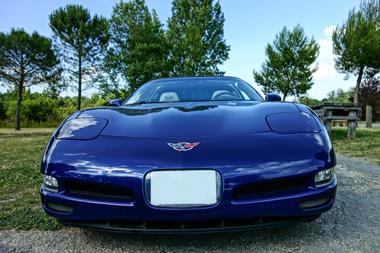Private sector companies increasingly called in to analyse accident data for fault and fraud

The poilice don’t have the skills to gather all the clues and evidence they could from connected cars and telematics to help them investigate accidents, according to motor fraud investigator Asset Protection unit.
The growing number of connected cars and telematics boxes generate large quantities of data which could be used as vital clues in Police investigations and as evidence in court.
Up to 20% of vehicles sold worldwide in 2015 will include some form of embedded connectivity, APU said. That figure is set to increase six-fold to 152 million vehicles by 2020, while telematics-based insurance policies rose 9% to 323,000 in the UK in the year to January 2015.
But APU said that the police lack the resource, personnel and expertise to interrogate telematics data and package it into a format usable as evidence in court, so they are increasingly contracting private sector companies like APU to analyse the data.
APU said it has been called upon more times in the last six months than in the previous two years combined to interpret data from a variety of “black boxes” for police forces across the UK. These include ongoing investigations into a collision that caused the death of a pedestrian and a major “crash for cash” fraud operation.
Neil Thomas, Director of Investigative Services at APU, said the police ”know that telematics can be a valuable tool for them in bringing criminals to justice, but they don’t have the right people and IT capability to interrogate the data and package it into a meaningful, usable format.”
He said that a telematics box can provide a huge amount of details about an accident, including speed, braking, steering, location, g-force, passenger information, impact angle and more, ”But the Police struggle to make sense of it.”






































No comments yet